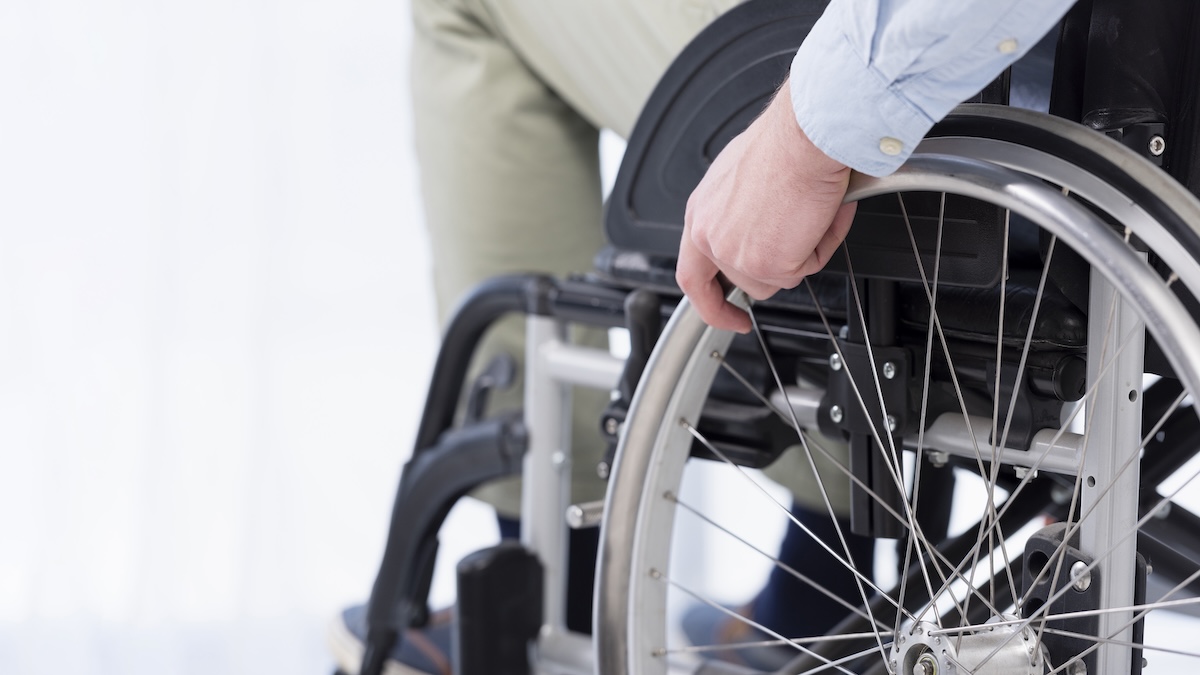There is currently no cure for SMA, but there are several treatments available that can improve strength, slow down progression, and help people live longer, more active lives. Treatment often depends on the type of SMA and the severity of symptoms. Here are some of the main treatment options:

Treatment Options For Spinal Muscular Atrophy
-
Gene Therapy: One-time treatments like onasemnogene abeparvovec (brand name Zolgensma) deliver a working copy of the SMN1 gene. This treatment is mostly used for babies and young children.
-
SMN2-Boosting Medications: Drugs like nusinersen (Spinraza) and risdiplam (Evrysdi) help the body make more of the missing SMN protein by using the backup SMN2 gene. These treatments are usually given through spinal injections or as daily oral medication.
-
Supportive Therapies: Physical therapy helps maintain muscle strength and prevent joint stiffness. Occupational therapy supports daily activities, while speech therapy may help with swallowing or speaking.
-
Breathing Support: Some people may need help breathing, especially at night. This can include machines like a BiPAP or other ventilation devices.
-
Nutritional Support: People with SMA may have trouble eating or swallowing, so a nutrition plan or feeding tube may be needed to ensure proper growth and health.
It’s important to have a care team that includes different specialists, such as neurologists, pulmonologists, and therapists, to cover all aspects of treatment. Emotional support and counseling can also be a big help for families coping with SMA.
Living With SMA
Living with Spinal Muscular Atrophycan be challenging, but many people go on to live fulfilling lives. Advances in treatment and early diagnosis have made a big difference in recent years. With the right care and support, children with SMA are reaching more milestones and gaining more independence than ever before. Adults with SMA can often continue working, building relationships, and taking part in everyday activities.
Having SMA does require ongoing care, and families often need to make changes at home, like adding ramps or special equipment. Many communities offer support groups and resources that can make a big difference emotionally and practically.
Spinal Muscular Atrophy is a complex condition, but understanding it better can help people feel less overwhelmed. Whether you’re a parent, a patient, or a caregiver, knowing what to expect and what options are available can bring a lot of hope and strength.
